Fossil Fuels: Environmental and Health Impacts of Burning Fossil Fuels
- August 16, 2024
- 0 comment
The practice of burning fossil fuels has been a cornerstone of industrial development, fueling progress across various sectors. However, the environmental consequences of this practice are becoming increasingly evident. Understanding the effects of burning fossil fuels is crucial for addressing its impact on global climate patterns and human health.
What are the Consequences of Burning Fossil Fuels?
Burning fossil fuels such as coal, oil, and natural gas releases significant amounts of carbon dioxide and other greenhouse gases into the atmosphere. These emissions contribute to global warming by trapping heat, which leads to rising temperatures, altered weather patterns, and more frequent extreme weather events. As fossil fuel use continues, these effects intensify, impacting ecosystems, agriculture, and human health.
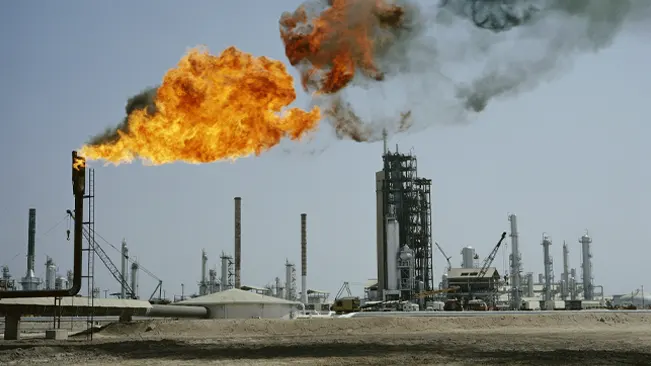
In addition to climate change, burning fossil fuels can have direct environmental and health impacts. Air pollution from fossil fuel combustion is linked to respiratory problems, cardiovascular diseases, and premature deaths. Furthermore, the extraction and processing of fossil fuels often result in environmental degradation, including habitat destruction and water contamination. Addressing these consequences requires a comprehensive approach to reducing fossil fuel reliance and transitioning to cleaner energy sources.
What Are Fossil Fuels?
Fossil fuels are natural energy sources formed from the remains of ancient plants and animals buried and transformed over millions of years under heat and pressure. These include coal, oil, and natural gas. They are extracted and used primarily for generating energy and powering various industries.
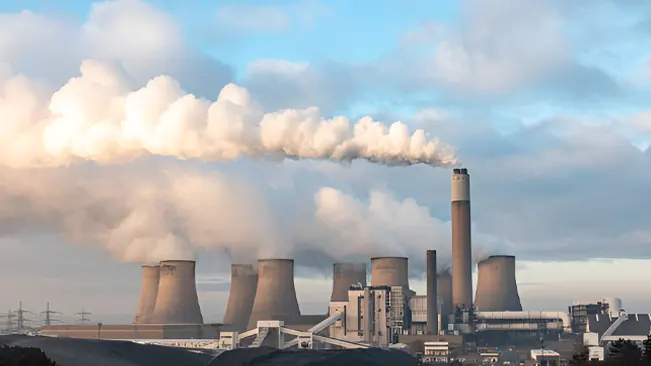
Coal is a solid fossil fuel used mainly for electricity generation and industrial processes. Oil, a liquid fossil fuel, is refined into gasoline, diesel, and other products for transportation and heating. Natural gas, which is primarily methane, is used for heating, electricity generation, and as a raw material in chemical industries. Fossil fuels are known for their high energy content but are also associated with significant environmental impacts due to their role in greenhouse gas emissions and climate change.
What Is Fossil Fuel Combustion?
Fossil fuel combustion is the process of burning fossil fuels such as coal, oil, and natural gas to release energy. This energy is used for various purposes, including electricity generation, heating, and powering vehicles. When fossil fuels are burned, they undergo a chemical reaction with oxygen that produces heat and results in the formation of carbon dioxide (CO₂), water vapor, and other byproducts.
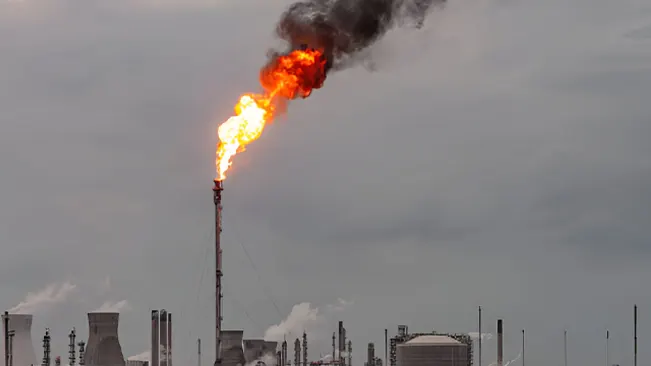
The combustion process involves breaking down the complex hydrocarbons in fossil fuels into simpler molecules. The released energy is harnessed to perform work or generate heat. However, fossil fuel combustion also emits pollutants and greenhouse gases, contributing to air pollution and climate change. Reducing reliance on fossil fuels and improving combustion efficiency are critical steps toward minimizing environmental impacts.
What Happens When You Burn Fossil Fuels?
When fossil fuels are burned, they undergo a chemical reaction with oxygen in a process known as combustion. This reaction breaks down the hydrocarbons in the fuels into simpler compounds, primarily carbon dioxide (CO₂) and water vapor (H₂O). The combustion process releases energy, which is used for generating electricity, powering vehicles, and heating buildings.
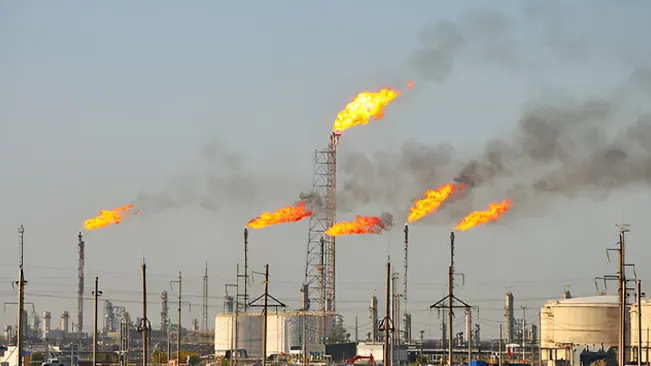
However, burning fossil fuels also produces various pollutants. Along with CO₂, which contributes to global warming, other harmful byproducts such as sulfur dioxide (SO₂), nitrogen oxides (NOx), and particulate matter are emitted. These pollutants can lead to air quality issues, acid rain, and respiratory problems. The accumulation of CO₂ in the atmosphere contributes to the greenhouse effect, causing changes in global climate patterns and impacting ecosystems.
Why Are Fossil Fuels Burned?
Electricity Generation
Fossil fuels are fundamental to electricity generation worldwide. In power plants, fossil fuels like coal, natural gas, and oil are burned to produce high-pressure steam. This steam is created by heating water to extremely high temperatures. The steam then drives large turbines, which are connected to generators. As the turbines spin, they convert the mechanical energy from the steam into electrical energy.
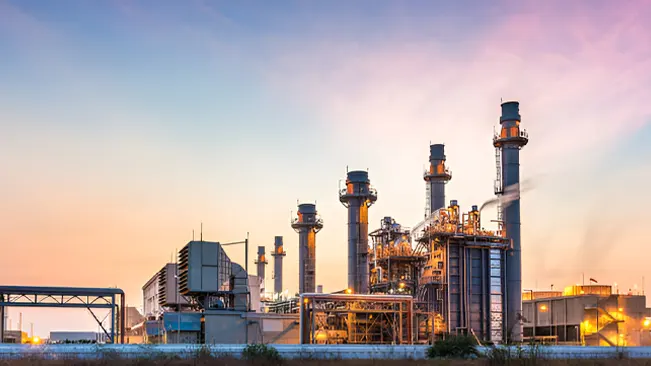
This method has been a reliable and consistent source of power, forming the backbone of the global electricity supply infrastructure. Despite advancements in renewable energy, fossil fuels continue to play a significant role due to their ability to produce large quantities of energy on demand.
Transportation
Fossil fuels, including gasoline and diesel, are critical for powering internal combustion engines used in a wide range of transportation modes. When burned, these fuels undergo a chemical reaction that releases energy in the form of heat. This energy is used to create mechanical power, which drives the pistons in an engine, ultimately powering vehicles such as cars, trucks, ships, and airplanes.

The use of fossil fuels in transportation has enabled efficient and extensive movement of goods and people across the globe. It supports complex logistics networks and has been a key driver of economic growth and connectivity.
Heating
Natural gas and oil are widely used for heating purposes in residential, commercial, and industrial settings. When these fuels are burned, they generate heat that is transferred through various heating systems. For homes and buildings, this typically involves furnaces or boilers that distribute warm air or hot water via radiators or duct work.

In industrial settings, the heat produced is used for processes such as drying, melting, and refining. This method of heating is popular due to its efficiency and effectiveness in maintaining comfortable temperatures and providing reliable warmth during colder months.
Industrial Processes
Fossil fuels are essential in many industrial processes, where they are burned to provide the necessary heat and energy. In manufacturing, refining, and chemical production, fossil fuels are used to generate the high temperatures required for various processes. For example, in steel production, coal is used in blast furnaces to produce molten iron.
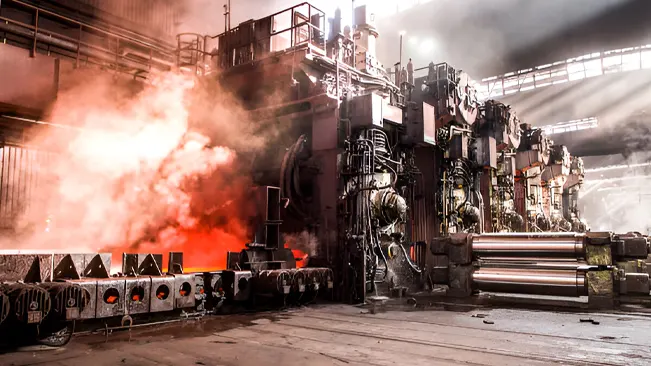
Similarly, in chemical industries, natural gas is a key feed stock for producing fertilizers and other chemicals. Fossil fuels also power machinery and equipment that are vital for industrial operations. Their role in supporting these processes underscores their importance in the global economy and industrial sector.
Economic Factors
Fossil fuels have historically been abundant and relatively low-cost compared to alternative energy sources. The infrastructure for extracting, refining, transporting, and utilizing fossil fuels is well-established and extensive. This infrastructure includes pipelines, refineries, and distribution networks that have been developed over decades.

The cost-effectiveness of fossil fuels, combined with their widespread availability and established infrastructure, has made them a dominant energy source. This economic advantage has contributed to their continued use despite growing concerns about environmental impacts and the push for cleaner energy alternatives.
What Do Fossil Fuels Release When Burned?
Carbon Dioxide
Carbon dioxide is the most prevalent greenhouse gas produced from human activities, particularly from burning fossil fuels. Fossil fuels, such as coal, oil, and natural gas, are primarily composed of hydrocarbons, which are compounds of carbon and hydrogen. During combustion, these hydrocarbons react with oxygen to produce carbon dioxide and water vapor.
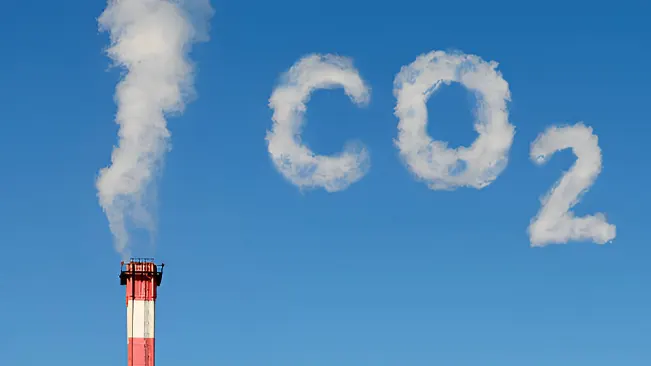
Coal burning is the largest source of CO₂ emissions due to its high carbon content and widespread use in power generation. Oil and natural gas also contribute significantly, but to a lesser extent. The increase in atmospheric CO₂ is a major driver of global warming and climate change, as it traps heat in the Earth’s atmosphere, leading to rising temperatures and altered weather patterns.
Carbon Monoxide
Carbon monoxide is a colorless, odorless gas produced when carbon-based fuels are not completely burned. Incomplete combustion occurs when there is insufficient oxygen available to fully oxidize the carbon in the fuel, resulting in CO production. The primary source of carbon monoxide emissions is road vehicles, where engine inefficiencies and poor combustion processes contribute to its release.

Non-road vehicles, such as boats and construction machinery, also emit CO, though to a lesser extent. Carbon monoxide can interfere with oxygen transport in the bloodstream, posing health risks, particularly in areas with high traffic congestion.
Sulfur Dioxide
Sulfur dioxide is released when fossil fuels containing sulfur, such as coal and oil, are burned. It is also emitted during the refining process of crude oil into gasoline. When sulfur dioxide is released into the atmosphere, it can dissolve in water vapor, forming sulfuric acid.
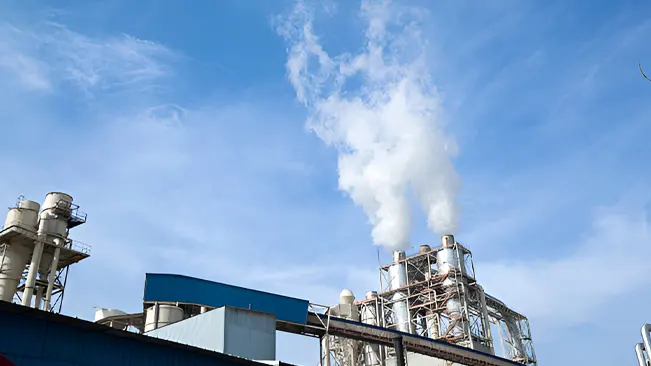
This process leads to the creation of acid rain, which can have detrimental effects on the environment, including soil and water acidification, forest damage, and building erosion. Additionally, sulfur dioxide contributes to respiratory problems and smog formation, impacting public health.
Nitrogen Oxides
Nitrogen oxides, which include nitrogen monoxide (NO) and nitrogen dioxide (NO₂), are produced when fossil fuels are burned at high temperatures. This occurs in motor vehicles, power plants, and industrial processes.
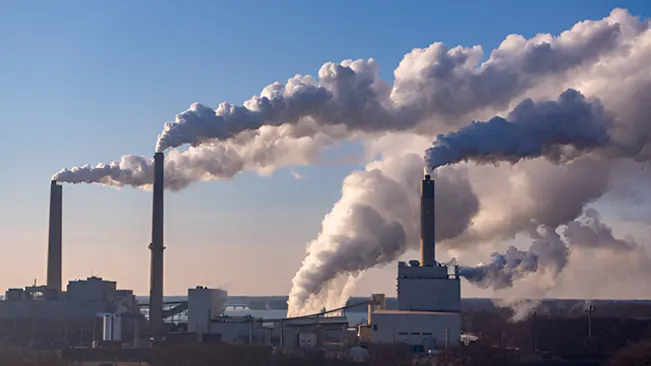
Nitrogen dioxide, a common form of nitrogen oxide, is particularly notable for its role in creating smog and ground-level ozone, which can impair air quality and visibility. Nitrogen oxides also contribute to the formation of acid rain and have adverse effects on respiratory health, exacerbating conditions such as asthma and bronchitis.
Lead
Lead emissions were historically more common due to the use of leaded gasoline in vehicles. Although leaded gasoline has been largely phased out in many countries, lead can still be found in the air around industrial areas, particularly those involved in metal extraction and processing.
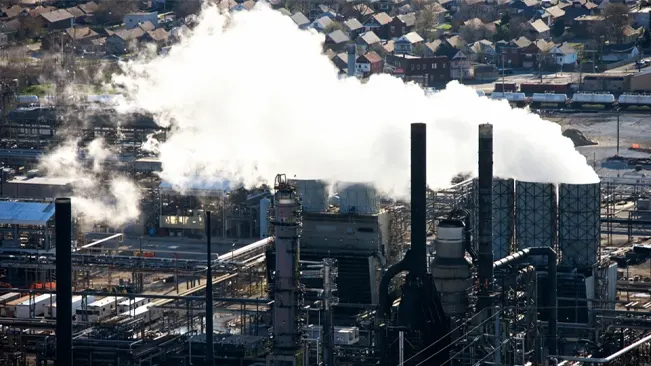
Lead is a toxic metal that can cause severe health problems, including developmental and neurological damage, particularly in children. In industrial settings, lead pollution primarily comes from activities involving the separation of metal ores or the recycling of lead-containing materials.
What are the 3 Effects of Burning Fossil Fuels?
Air Pollution
Burning fossil fuels releases a variety of pollutants into the atmosphere, including sulfur dioxide (SO₂), carbon monoxide (CO), nitrogen oxides (NOx), and particulate matter (PM). These pollutants contribute to poor air quality and can lead to serious health issues. Sulfur dioxide and nitrogen oxides can react with other atmospheric components to form fine particulate matter and ground-level ozone, both of which exacerbate respiratory conditions such as asthma, chronic bronchitis, and emphysema.

Carbon monoxide, a toxic gas, interferes with the oxygen-carrying capacity of blood, increasing the risk of cardiovascular problems. Long-term exposure to these pollutants is also linked to an increased risk of lung cancer. Vulnerable groups, such as children, pregnant women, and the elderly, are particularly at risk due to their higher sensitivity to air pollution and existing health conditions.
Water Pollution
The combustion of fossil fuels can lead to water pollution through the formation of acid rain. When sulfur dioxide is released into the atmosphere, it can combine with water vapor to form sulfuric acid. This acid falls to the ground as acid rain, which can significantly impact freshwater ecosystems. Acid rain lowers the pH of lakes, rivers, and streams, leading to the acidification of these water bodies.
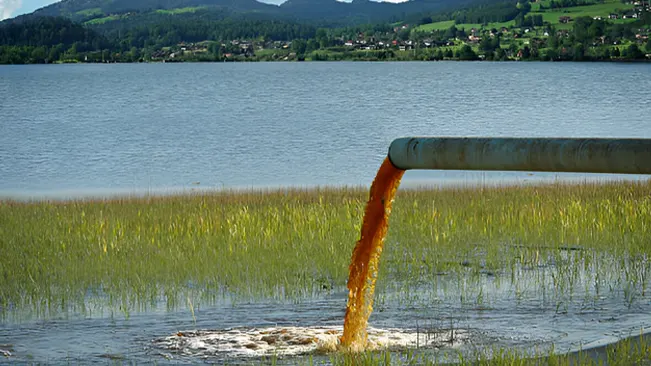
Acidic conditions can harm aquatic life, including fish, insects, and plants, disrupting ecosystems and reducing biodiversity. Additionally, acid rain can negatively affect agricultural crops by altering soil pH and nutrient availability, which can impact crop yields and soil health.
Climate Change
The burning of fossil fuels is a major driver of climate change due to the release of carbon dioxide (CO₂) and other greenhouse gases. CO₂, a key greenhouse gas, accumulates in the atmosphere and traps heat through the greenhouse effect. As the concentration of CO₂ increases, more heat is retained, leading to global warming. This warming effect has far-reaching consequences, including rising sea levels due to melting polar ice and thermal expansion of seawater.
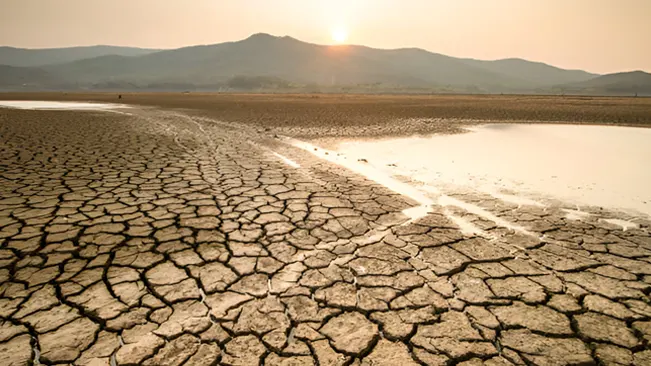
Changes in climate patterns can lead to more frequent and severe weather events, such as hurricanes, droughts, and heatwaves. Additionally, altered weather patterns can disrupt ecosystems, lead to deforestation, and impact food security by affecting crop growth and availability. The combined effects of these changes pose significant risks to both natural environments and human societies.
What Are Alternatives to Burning Fossil Fuels?
Alternatives to burning fossil fuels include renewable energy sources such as solar, wind, and hydro power. Solar energy harnesses the power of the sun through photovoltaic panels or solar thermal systems, converting sunlight directly into electricity or heat. Wind power utilizes wind turbines to generate electricity from the kinetic energy of the wind. Hydro power captures energy from flowing water, typically using dams to drive turbines and produce electricity. These renewable sources are sustainable and produce minimal greenhouse gas emissions compared to fossil fuels.
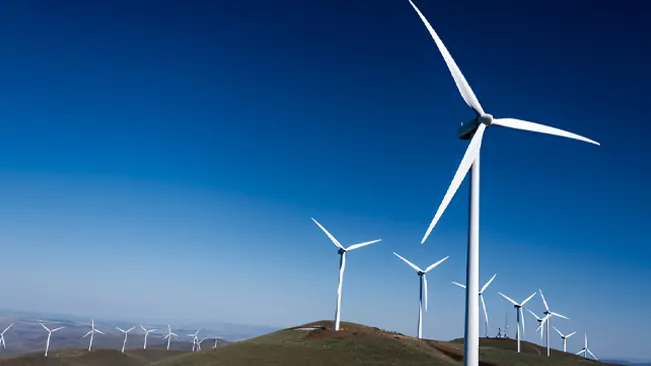
Another alternative is the use of bio energy, which involves deriving energy from organic materials like plants and waste. Biomass, such as wood pellets or agricultural residues, can be burned to produce heat or electricity, while bio fuels like ethanol and biodiesel are used in transportation. Additionally, nuclear power is a low-carbon option that generates electricity through nuclear fission. While nuclear energy does not emit greenhouse gases during operation, it raises concerns about radioactive waste and safety. These alternatives collectively contribute to reducing reliance on fossil fuels and mitigating climate change impacts.
Conclusion
In conclusion, the effects of burning fossil fuels are profound and far-reaching. The combustion of fossil fuels leads to significant air and water pollution, contributing to respiratory and cardiovascular health issues, acid rain, and ecosystem damage. Additionally, it drives climate change through increased greenhouse gas emissions, causing global warming and altering weather patterns. Addressing these impacts requires a transition to cleaner energy alternatives and more sustainable practices to protect both human health and the environment.
FAQs
- What are the main pollutants released from burning fossil fuels?
Burning fossil fuels primarily releases carbon dioxide (CO₂), carbon monoxide (CO), sulfur dioxide (SO₂), nitrogen oxides (NOx), particulate matter, and volatile organic compounds (VOCs). These pollutants contribute to air quality issues, health problems, and environmental damage. - How does burning fossil fuels affect air quality?
Burning fossil fuels releases pollutants like sulfur dioxide, nitrogen oxides, and particulate matter into the air. These substances can cause respiratory and cardiovascular diseases, contribute to smog formation, and degrade overall air quality, affecting public health. - What impact does burning fossil fuels have on water sources?
The combustion of fossil fuels can lead to acid rain, as sulfur dioxide and nitrogen oxides combine with water vapor in the atmosphere to form acids. Acid rain can acidify freshwater bodies, harming aquatic life and affecting soil and crop health. - How does burning fossil fuels contribute to climate change?
Fossil fuel combustion releases large amounts of carbon dioxide, a greenhouse gas that traps heat in the Earth’s atmosphere. This leads to global warming, rising sea levels, and disruptions in weather patterns, affecting ecosystems and human societies. - What are some alternatives to burning fossil fuels?
Alternatives include renewable energy sources such as solar, wind, and hydro power, as well as bio energy and nuclear power. These options produce less pollution and fewer greenhouse gas emissions, offering sustainable solutions for energy needs. - Why is it important to transition away from fossil fuels?
Transitioning away from fossil fuels is crucial to reduce pollution, mitigate climate change, and protect public health and the environment. Cleaner energy sources can help address the negative impacts associated with fossil fuel combustion and support a more sustainable future. - What health problems are associated with air pollution from fossil fuels?
Air pollution from fossil fuels can cause or exacerbate respiratory conditions like asthma and bronchitis, cardiovascular diseases, and certain cancers. Children, the elderly, and individuals with preexisting health conditions are particularly vulnerable. - How does acid rain affect ecosystems?
Acid rain can lower the pH of soil and water bodies, harming plants, aquatic life, and wildlife. It can lead to the depletion of essential nutrients in soil, affect crop yields, and disrupt entire ecosystems.

Joel Cunningham
Forestry AuthorI'm Joel Cunningham, an expert in pruning and weed management with over a decade of experience. My skills are rooted in formal training and extensive practice, focusing on advanced pruning techniques and efficient weed control. I'm known for my quality work, precision, and deep understanding of plant health and soil dynamics. My contributions extend to educational initiatives where I share sustainable practices and advice, establishing myself as a reliable and authoritative figure in the gardening community.









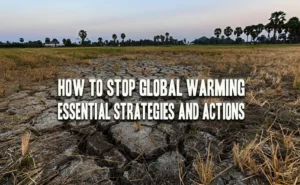



Leave your comment